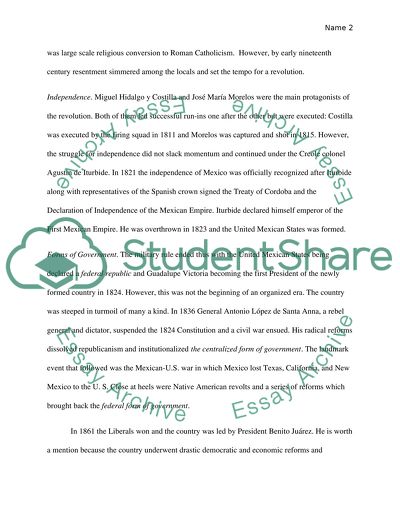Cite this document
(“Mexico Term Paper Example | Topics and Well Written Essays - 1000 words”, n.d.)
Retrieved from https://studentshare.org/environmental-studies/1410196-mexico
Retrieved from https://studentshare.org/environmental-studies/1410196-mexico
(Mexico Term Paper Example | Topics and Well Written Essays - 1000 Words)
https://studentshare.org/environmental-studies/1410196-mexico.
https://studentshare.org/environmental-studies/1410196-mexico.
“Mexico Term Paper Example | Topics and Well Written Essays - 1000 Words”, n.d. https://studentshare.org/environmental-studies/1410196-mexico.


